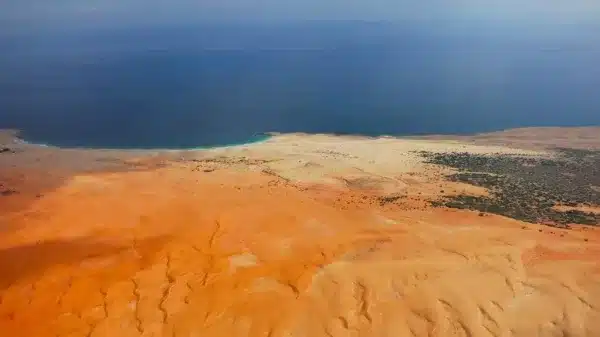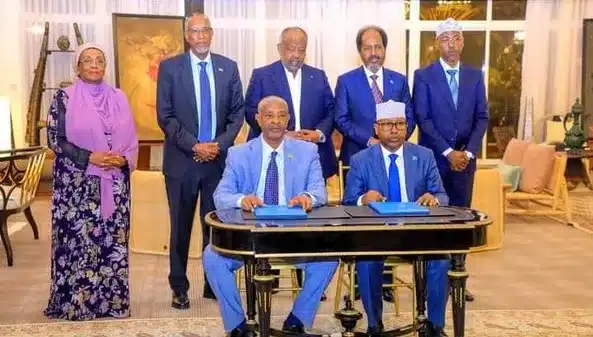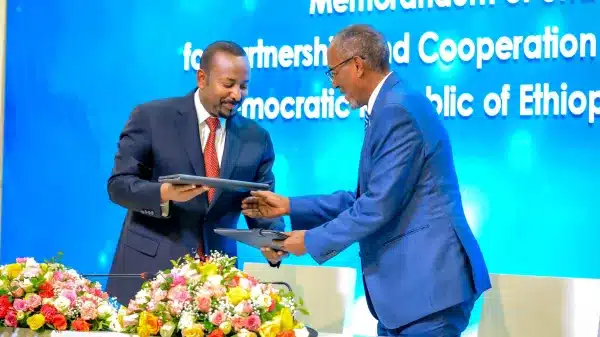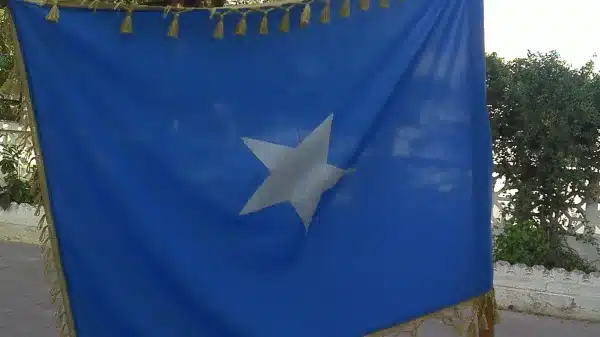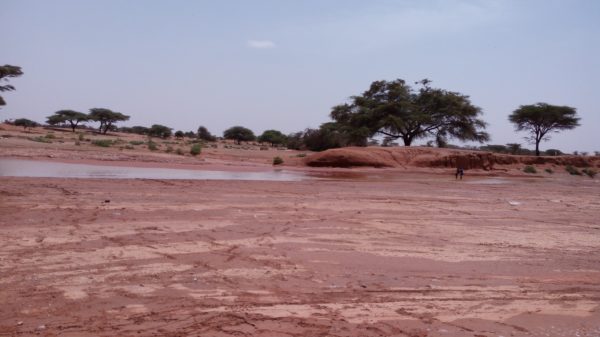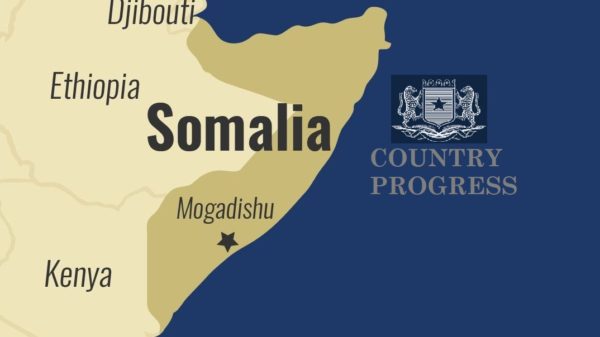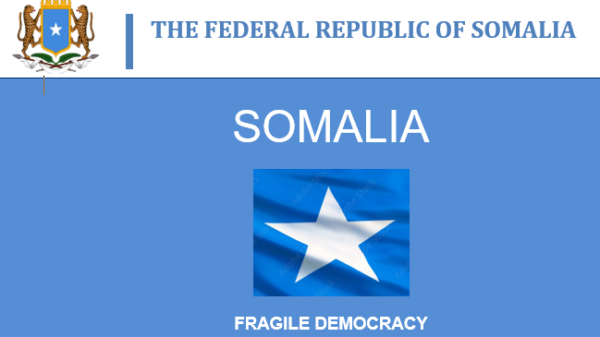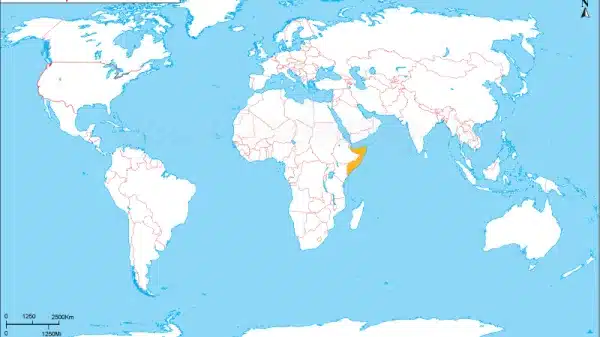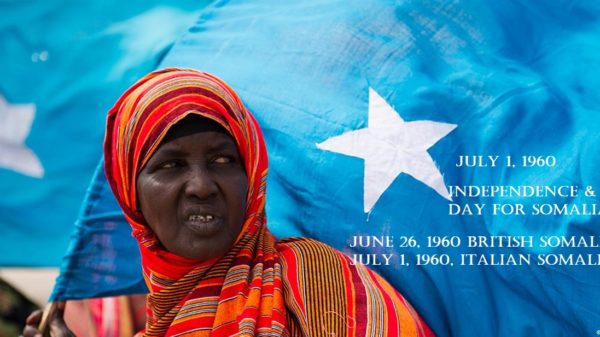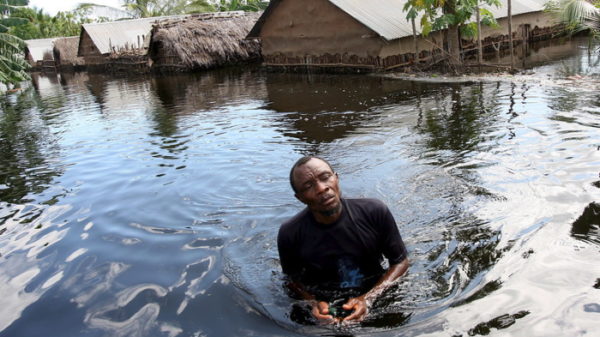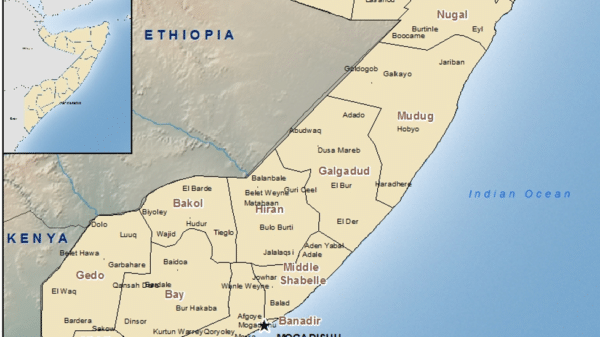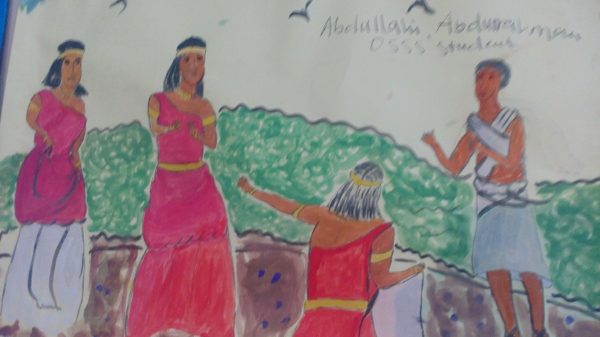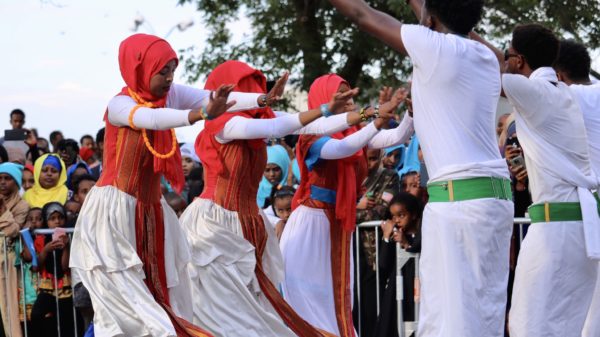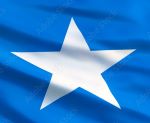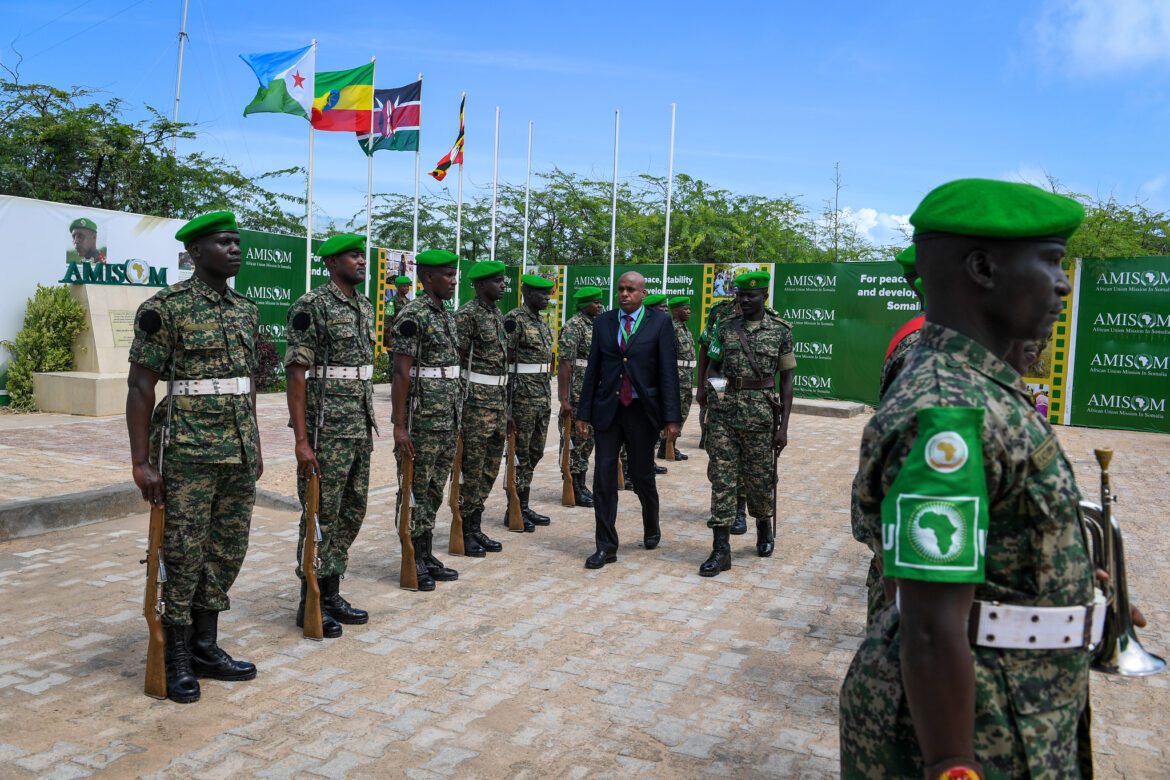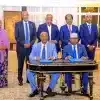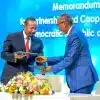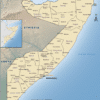Somali National Reconciliation Conferences
The period between May 2001 and September 2012 in Somalia was marked by significant political developments and challenges. In this article, we will explore the transitional period in Somalia, focusing on key conferences and events that shaped the country’s political landscape. This includes the establishment of a clan-based power sharing system, the formation of transitional administrations, and the role of international actors in the reconciliation process. Additionally, we will examine the deployment of foreign military intervention and its impact on the internal dynamics of the country.
In the early 1990s, Somalia experienced a series of unsuccessful conferences aimed at resolving its political turmoil. However, it was not until the conference held at Arta, Djibouti, initiated by Djibouti President Ismail Omar Guelleh in 2000, that progress was made. This conference successfully developed a new clan-based power sharing system, known as the 4.5 formula, which aimed to distribute political representation among the major clans in Somalia. Under this system, the power was divided among the four main clans, with a smaller portion allocated to minority groups.
Led by President AbdiQassim Salad Hassan, a transitional administration was established with a mandate of four years. The new administration, known as the Transitional National Government (TNG), gained global recognition. However, it faced significant challenges from local warlords, particularly in the capital city of Mogadishu. President AbdiQassim found it difficult to navigate the complex clan politics and conflicting interests of regional states towards Somalia.
Before completing his four-year mandate, another reconciliation conference was initiated by the Kenya government in collaboration with The Intergovernmental Authority on Development (IGAD), in late 2002. Despite initial resistance from the TNG, international community pressure and prolonged negotiations led to the TNG’s eventual participation in the conference in 2004. Known as the Somali National Reconciliation Conference, it took place in Eldoret, Kenya, under the auspices of IGAD. The conference resulted in the production of a transitional constitution and the formation of a new parliament, which elected President Abdullahi Yusuf Ahmed as the leader of the Transitional Federal Government (TFG).
In order to seize control of the nation, the newly established Transitional Federal Government (TFG) authorized the deployment of Ethiopian military forces backed by the United States. This decision caused immense anger among the homegrown Islamist factions that had joined forces under the Islamic Courts Union (ICU) based in Mogadishu. The ICU leaders vehemently opposed any foreign military intervention, advocating instead for a homegrown and non-military solution to address the issues plaguing Somalia. Consequently, a new ideological and political conflict emerged, resulting in numerous casualties and further worsening the country’s already dire situation.
The deteriorating conditions in Somalia prompted the formation of the African Union Mission in Somalia (AMISOM) on January 19th, 2007. Operating under the authorization of the United Nations, this regional peacekeeping initiative was established by the African Union’s Peace and Security Council. It wasn’t until March 2007 that the AMISOM troops were first deployed. Their presence proved invaluable in assisting the Somali National Security Forces in combating the Al-Shabaab terrorist group, which is affiliated with Al Qaeda.
Although the TFG and Ethiopian forces claimed military victories over the ICU, the government experienced a complete collapse, ultimately leading to Ethiopia’s decision to withdraw its troops from Somalia. This development forced President Abdullahi Yusuf to resign on December 29th, 2008. Due to the instability within Somalia, a TFG parliament was convened in neighboring Djibouti. In line with an agreement reached with the ICU, the TFG parliament was expanded to include moderate Islamists. This resulted in the addition of 275 new members from the ICU, bringing the total number of parliamentarians to 550.
On January 31st, 2009, Sheikh Sharif Sheikh Ahmed, a former leader of the ICU, was declared president by the new TFG parliament based in Djibouti. Under President Sheikh Sharif’s leadership, a certain level of stability was achieved with the support of AMISOM. However, the battle against radical Islamist terrorist organizations like Al-Shabaab persists and remains the foremost security challenge facing Somalia to this day.
In Summary, during the transitional period in Somalia, from May 2001 to September 2012, significant political changes occurred as the country sought to establish a stable and inclusive government. The conferences held in Arta, Djibouti, and Eldoret, Kenya, played pivotal roles in attempting to reconcile different factions and establish transitional administrations. However, challenges persisted, with local warlords and conflicting regional interests hindering progress. The deployment of foreign military intervention, particularly the Ethiopian troops authorized by the TFG, further complicated the situation. This led to increased tensions with homegrown Islamist groups operating within Somalia. The consequences of these interventions would have far-reaching consequences for the country’s political landscape in the years to come.
Feedback
Dear reader, please remember that your feedback is very important to us, so please give us a comment and follow our social media pages below.
Thank you
Get social
Author
-
Strategic Communication Specialist and Consultant, graduated from The Ohio State University with Strategic Communication major and Journalism. Follows the social and political changes of the wider East Africa region, with keen interest of the Somali news and issues, with over 12 years media and communication experience in the region.




